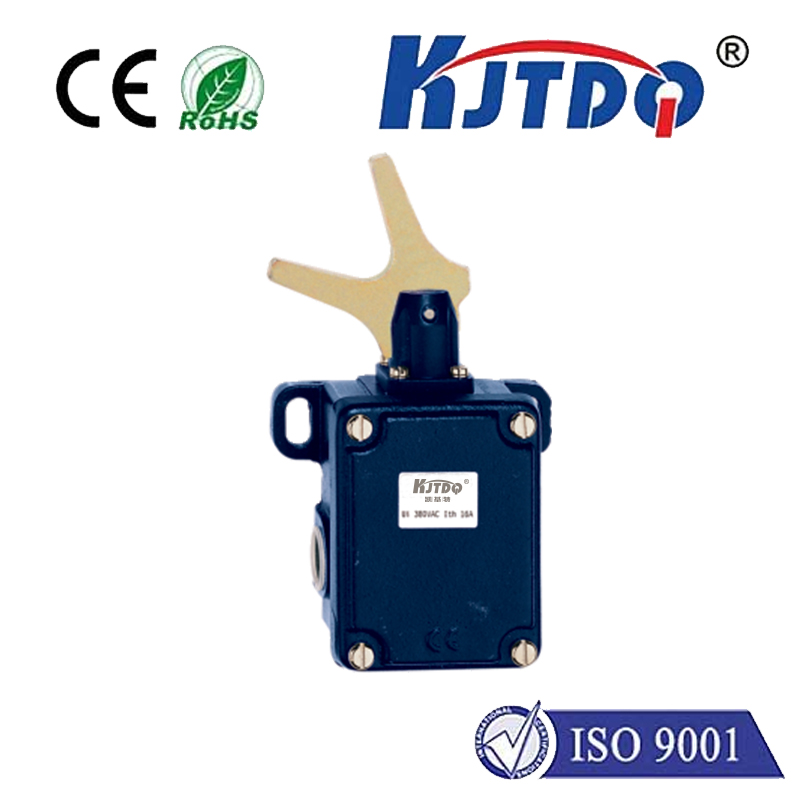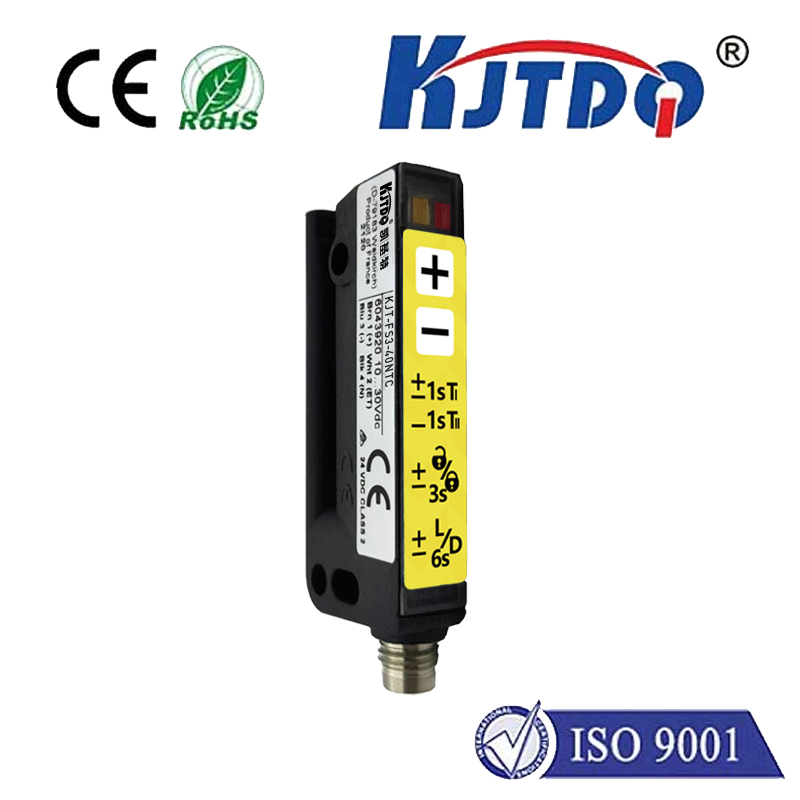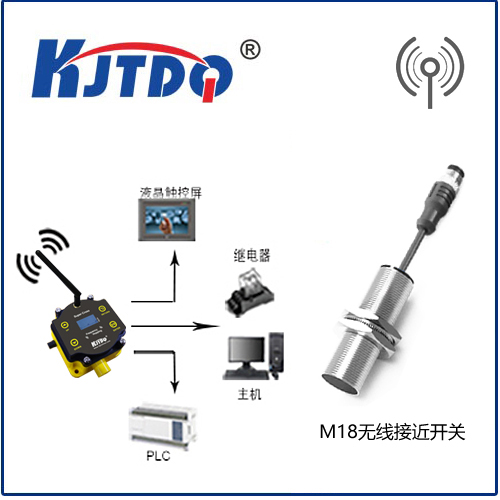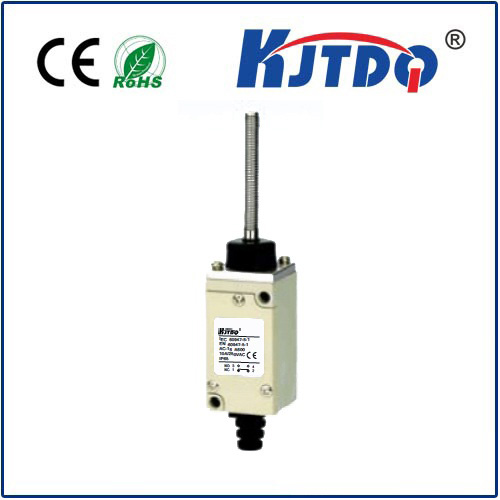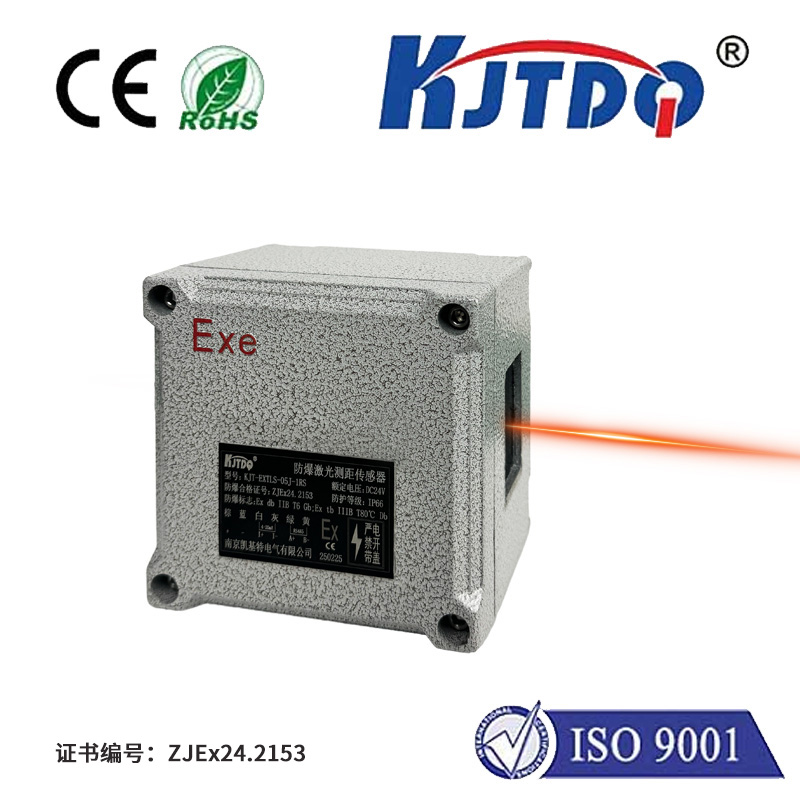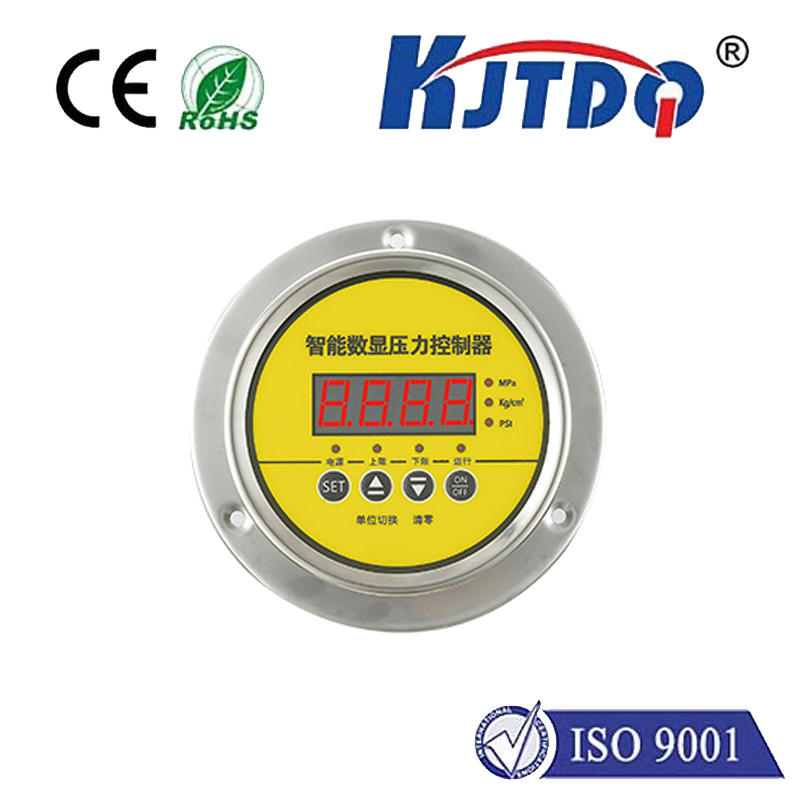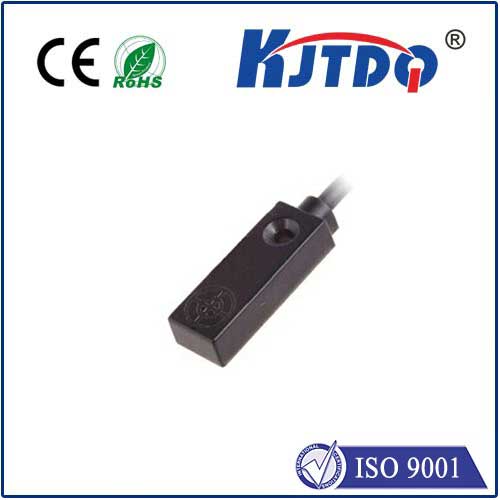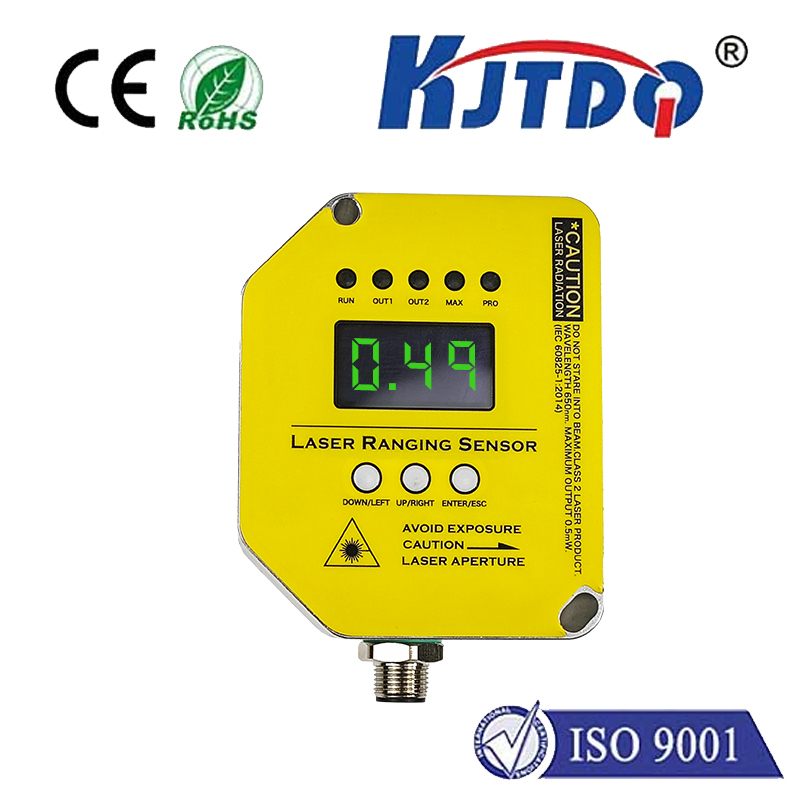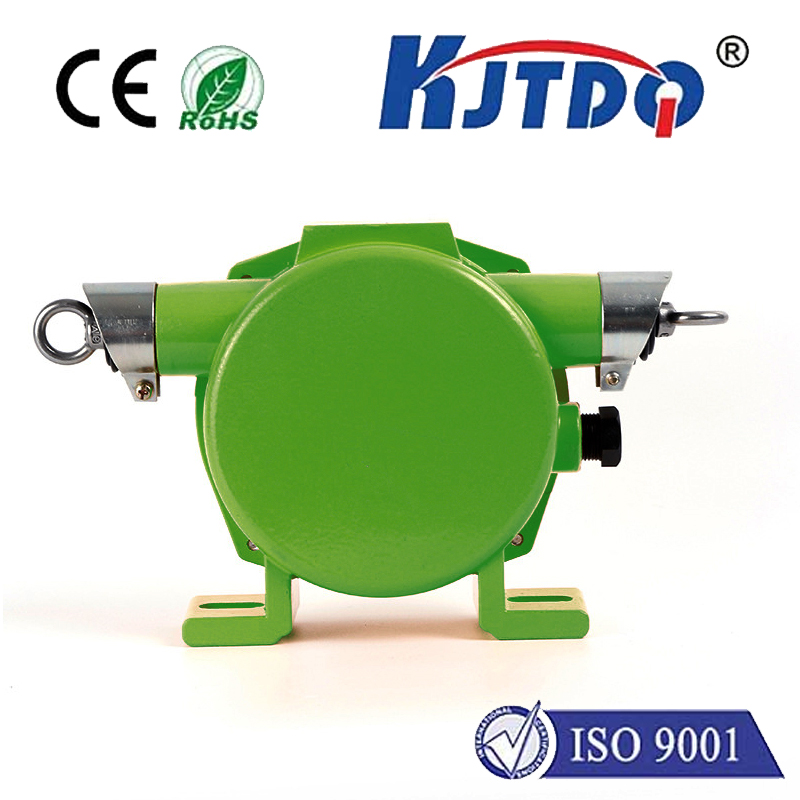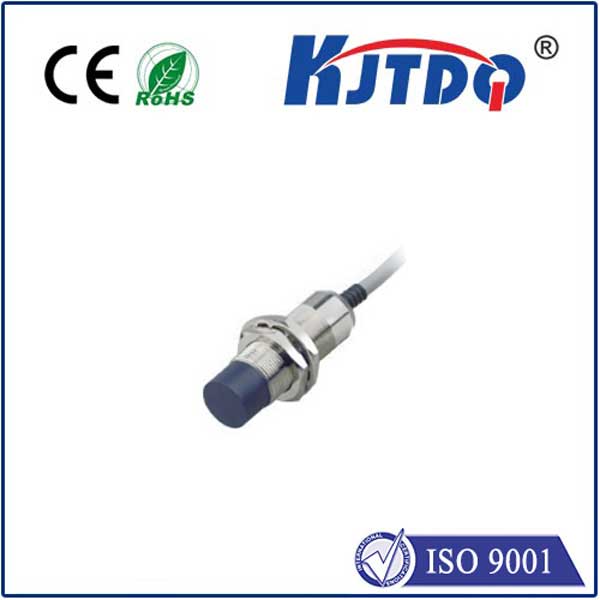analog proximity sensor 4 20ma
- time:2025-06-18 00:59:01
- Click:0
Analog Proximity Sensors & The 4-20mA Signal: The Robust Backbone of Industrial Sensing
Imagine a critical piece of machinery: grinding gears, spraying liquids, shrouded in vibration and electrical noise. Knowing precisely when a component is present or absent, reliably and without interruption, isn’t just convenient – it’s essential for safety, quality, and preventing costly downtime. This is precisely where the powerful combination of analog proximity sensors transmitting data via the legendary 4-20mA current loop shines. Forget complex digital buses for a moment; this mature, resilient technology remains the gold standard for countless industrial monitoring and control applications.
At its core, an analog proximity sensor detects the presence or absence of a target object without physical contact. Unlike simple digital (on/off) sensors, analog variants offer a continuous output signal. This signal proportionally changes based on the distance between the sensor face and the target. This provides far richer information than a binary state. You don’t just know if something is “there” or “not there” within a fixed range; you know how far away it is within the sensor’s specified measuring window.
The 4-20mA Current Loop: Why It Reigns Supreme
So, how does this valuable distance data travel reliably from the sensor mounted deep in a noisy factory environment to the control room, potentially hundreds of meters away? The answer is often the 4-20mA current loop. This transmission standard is ingeniously simple and remarkably robust:

- Two-Wire Simplicity & Loop Power: The sensor and the receiving device (like a PLC input card or controller) are connected in series using just two wires. Critically, these wires carry both the power for the sensor and the data signal simultaneously. The controller provides a DC power supply (typically 12-24V DC), and the sensor regulates the current flowing through this loop based on the measured distance.
- The Live Zero Advantage (4mA): The brilliance lies in the range. 4mA represents the “zero” or lowest scale value (e.g., maximum detectable distance or a predefined “safe” state). 20mA represents the “full-scale” or highest value (e.g., minimum distance or target fully present). Why not 0-20mA? A “live zero” (4mA) is fundamental. If the loop current drops to zero, it immediately signals a critical problem: a broken wire, sensor failure, or total loss of power. This failsafe design is a massive safety and diagnostic benefit. You know instantly if the signal is invalid due to a fault, preventing misinterpretation of a dead zero as a valid reading.
- Superior Noise Immunity: Voltage signals can be easily corrupted by electromagnetic interference (EMI) and voltage drops over long cable runs. Current signals, however, are inherently resistant to such noise. The controller measures the current, which remains constant regardless of induced voltage noise along the cable. This makes 4-20mA transmission exceptionally reliable over long distances and in electrically harsh environments typical of industrial settings.
- Intrinsic Safety (Potential): In hazardous areas (potentially explosive atmospheres), limiting the available energy is crucial. The low current levels used in 4-20mA loops (max 20mA at approx. 24V) make them inherently suitable for use with intrinsically safe barriers, which are designed to prevent sparks capable of igniting flammable gases or dust. This isn’t automatic, but the low-energy nature of the loop facilitates safe implementation where required.
- Easy Calibration & Scaling: Setting up the control system is straightforward. The engineer simply configures the controller: “When I see 4mA, interpret it as value X (e.g., 100mm); when I see 20mA, interpret it as value Y (e.g., 0mm)”. This allows precise distance monitoring within the sensor’s range. Many controllers also immediately use this signal for proportional control actions.
Why Choose an Analog Proximity Sensor with 4-20mA Output?
The combination offers distinct advantages:
- Continuous Position Feedback: Monitor targets not just for presence/absence, but for their precise position relative to the sensor. Is a part correctly seated? Is a piston reaching its end-of-stroke position accurately? Is the fill level nearing a limit? Analog sensors provide this continuous data stream.
- Unmatched Long-Distance Transmission: Ideal for sensors mounted far from the control cabinet. The signal integrity remains high.
- Robustness in Harsh Conditions: Resistant to electrical noise, voltage drops, and capable of operating in demanding industrial environments (dust, moisture, vibration) where reliability is paramount.
- Clear Diagnostics: The “live zero” (4mA) immediately flags critical failures like wire breaks or sensor malfunction – a diagnostic feature lacking in simple voltage outputs or non-live-zero schemes.
- Standardization: The 4-20mA standard is universally understood and supported by virtually all Programmable Logic Controllers (PLCs), Distributed Control Systems (DCS), and data acquisition systems. Integration is typically plug-and-play.
Key Applications: Where Precision Meets Reliability
Analog proximity sensors with 4-20mA outputs find critical roles across diverse industries:
- Position Monitoring: Continuously tracking the position of cylinders, valves, robotic arms, or conveyor components. Ensuring precise movement and alignment.
- Level Sensing: Monitoring fill levels in tanks (solids or liquids) where a continuous analog signal representing level height is required for precise control or alarming.
- Thickness Gauging: Measuring the thickness of materials (metal sheets, paper, plastic film) by using the distance reading from a sensor to a roller or opposing head.
- Vibration Monitoring (Indirect): Detecting changes in the distance between a stationary point and a vibrating surface (e.g., on machinery), providing insights into vibration amplitude.
- Quality Control: Verifying consistent part dimensions or correct assembly by ensuring components are positioned within tight tolerances.
Selecting the Right Analog Proximity Sensor (4-20mA)
When choosing, consider these vital factors:
- Sensing Technology: Inductive (for metals only), Capacitive (metals, non-metals, liquids), Ultrasonic (solids, liquids, granular materials). Match the technology to your target material and environment.
- Measuring Range: Ensure the sensor’s specified range covers the full distance variation you need to monitor. Don’t forget mounting considerations!
- Linearity & Repeatability: How accurately does the current output reflect the actual distance, and how consistently does it provide the same reading at the same distance? Higher precision tasks demand better specs.
- Environmental Rating: IP rating for dust/water ingress, temperature range, resistance to chemicals or welding spatter – match the sensor to its operating conditions.
- Supply Voltage Compatibility: Ensure the sensor operates within the voltage range provided by your controller’s 4-20mA input module or external power supply.
- Output Characteristic: Most sensors are linear (distance change = proportional mA change). Verify this or understand any non-linear curves.
From the relentless rhythm of automated assembly lines to the critical processes within chemical plants and power stations, the analog proximity sensor transmitting its vital data via the robust 4-20mA current loop continues to prove its indispensable value. It delivers the crucial combination of continuous precision measurement and resilient signal transmission that modern industry demands. Its simplicity, diagnostic capability, and noise immunity ensure it remains a cornerstone technology, providing dependable eyes and ears where digital alternatives might falter.












